Last week, an experimental drug, remdesivir, was found to shorten the recovery time for those infected with Covid-19. Now that a clinical trial has confirmed the positive effects, the FDA has given the go-ahead to use the drug on virus patients.
It’s a small light at the end of a long tunnel.
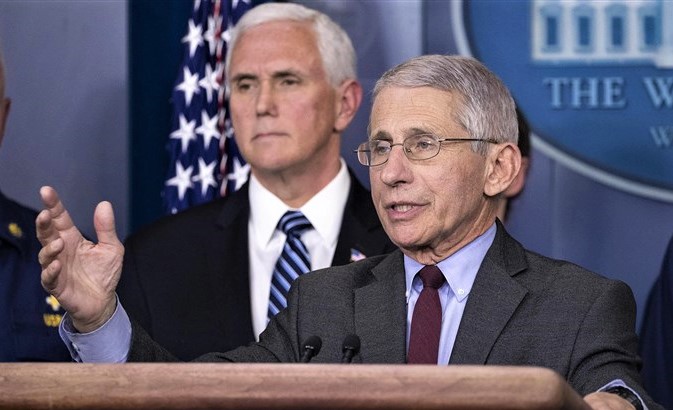
The number of reported cases has dropped as have death rates. For many, this is the signal they have been looking for. Now, we can go back to work. Now, we can go outside. Now, we can go back to normal.
But, we’re not there yet.
While there appear to be promising vaccines, they remain months away, and with testing non-existent in the majority of the country, all of us remain vulnerable.
“Officials like Dr. Anthony S. Fauci, the top infectious disease expert on the Trump administration’s coronavirus task force, estimate a vaccine could arrive in at least 12 to 18 months,” The New York Times reports (Apr. 30).
We have another crisis that has divided the country between those who trust in science and the experts, and those who demand their “constitutional rights” to resume work, reopen businesses and return to normal.
I would argue that there is no “normal.” It is a moment in time that is constantly shifting.
After the 1918 flu that struck down 50 million people worldwide, including 675,000 deaths in the U.S., the new “normal” produced a new vaccine that ultimately saved lives. After 9/11, the new “normal” delivered a new set of rules and other protective measures affecting our lives. Fires, floods, and other disasters created their own post-normal effects.
However, changes to “normal” are not just measured by disasters. Safety standards made cars safer, and the speed of digital technology changes “normal” so fast that change is measured in versions.
During past medical crises, most citizens heeded the science, listened to experts, made decisions based on facts and evidence. The results improved our lives.
In the fifties, Dr. Jonas Salk took us to a new plateau of “normal” when he developed the first vaccine against polio, and the sixties brought the first oral vaccine that replaced it. While some parents did not allow their children to receive a polio vaccination, the majority of school-aged children in America lined up to take a little sugar cube coated with the Sabin vaccine that saved millions from contracting a disease that had crippled our nation’s 32nd president.
But polio was not a contagious disease, the annual flu and Covid-19 are.
Many of us get a yearly vaccination for the flu, and although it does not guarantee you will not get the flu, the symptoms are typically milder and recovery faster.
Now, with a novel (new) coronavirus, a viable vaccine has yet to be developed, and we only have the small sliver of help for those already affected by the virus through an existing drug.
With more and more workers filing for unemployment, protestors clustering in state capitols around the country have turned this medical battle into a political one. The result, even if protestors show no symptoms of the virus, they can spread the lung disease to others.
No one questions that the country needs to return to working order, but how to balance the how and when with the immediacy of a contagious disease, is the question.
In response to an opinion in The New York Times (“New York Rules Can’t Apply to All,” Apr. 25) in which columnist Brett Stephens advocates for opening areas of the country less affected by the virus, internist and cardiologist, Dr. Steven Corwin writes:
“Lifting evidence-based public health restrictions now is a recipe for a widespread, long-term public health catastrophe. We still don’t know whether surviving Covid-19 confers immunity on an individual, and there is no treatment or vaccine. It’s reckless to assume that areas of the country that have flattened the curve — or have thus far been spared significant outbreaks — are in the clear.”
Dr. Richard Danson, a Santa Barbara county internist with more than 35 years’ experience, responded to my “How are You Doing?” question with similar concerns.
“I’ve closed my office due to the risk to my patients. Spending long hours helping my patients by phone is difficult but I do my best. While I’m working as hard now as I did when I was an intern, my work is needed more than ever. I cannot wait for a vaccine.”
Danson condensed the crisis into an analogy offered by an expert:
“Covid-19 is like a round of golf. We’re on hole number 2.”
“There is no such thing as an overreaction or being as safe as possible during this crisis,” Danson added. My best advice: heed what medical experts say, especially Dr. Anthony Fauci.”
“We have to have something in place,” Fauci said, “that is efficient and that we can rely on, and we’re not there yet. I’ll guarantee you, once you start pulling back there will be infections. It’s how you deal with the infections that’s going count…getting people out of circulation if they get infected, because once you start getting clusters, then you’re really in trouble,” he added.
“It’s clearly a life-or-death-sort-of-level decision,” said Dr. Larry Chang, an infectious-diseases specialist at Johns Hopkins University. “If you get this wrong, many more people will die. It’s as simple as that.”
Comments
Leave a Comment

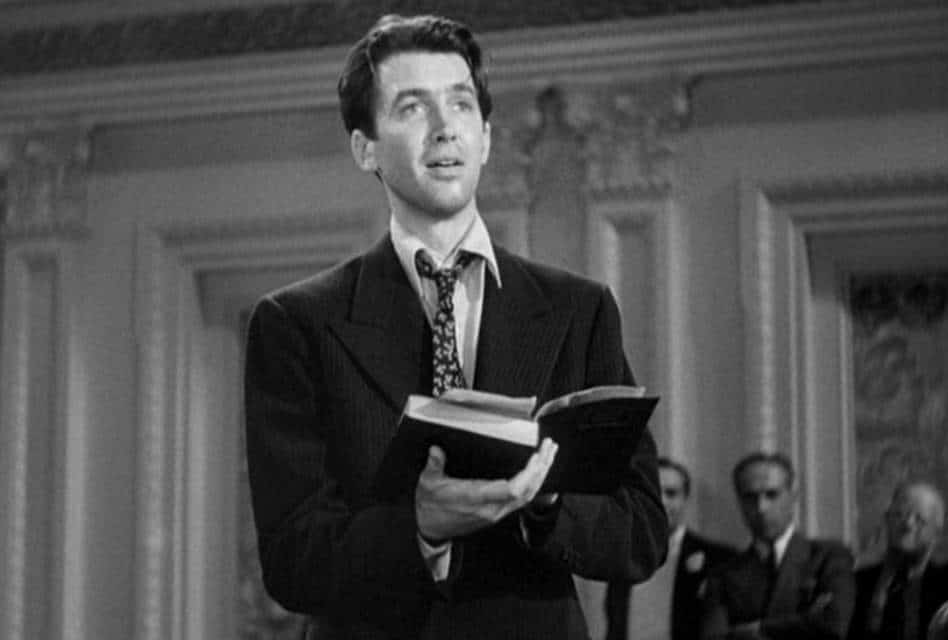
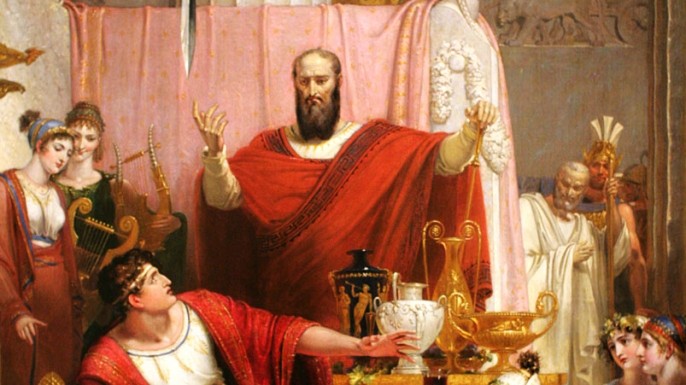
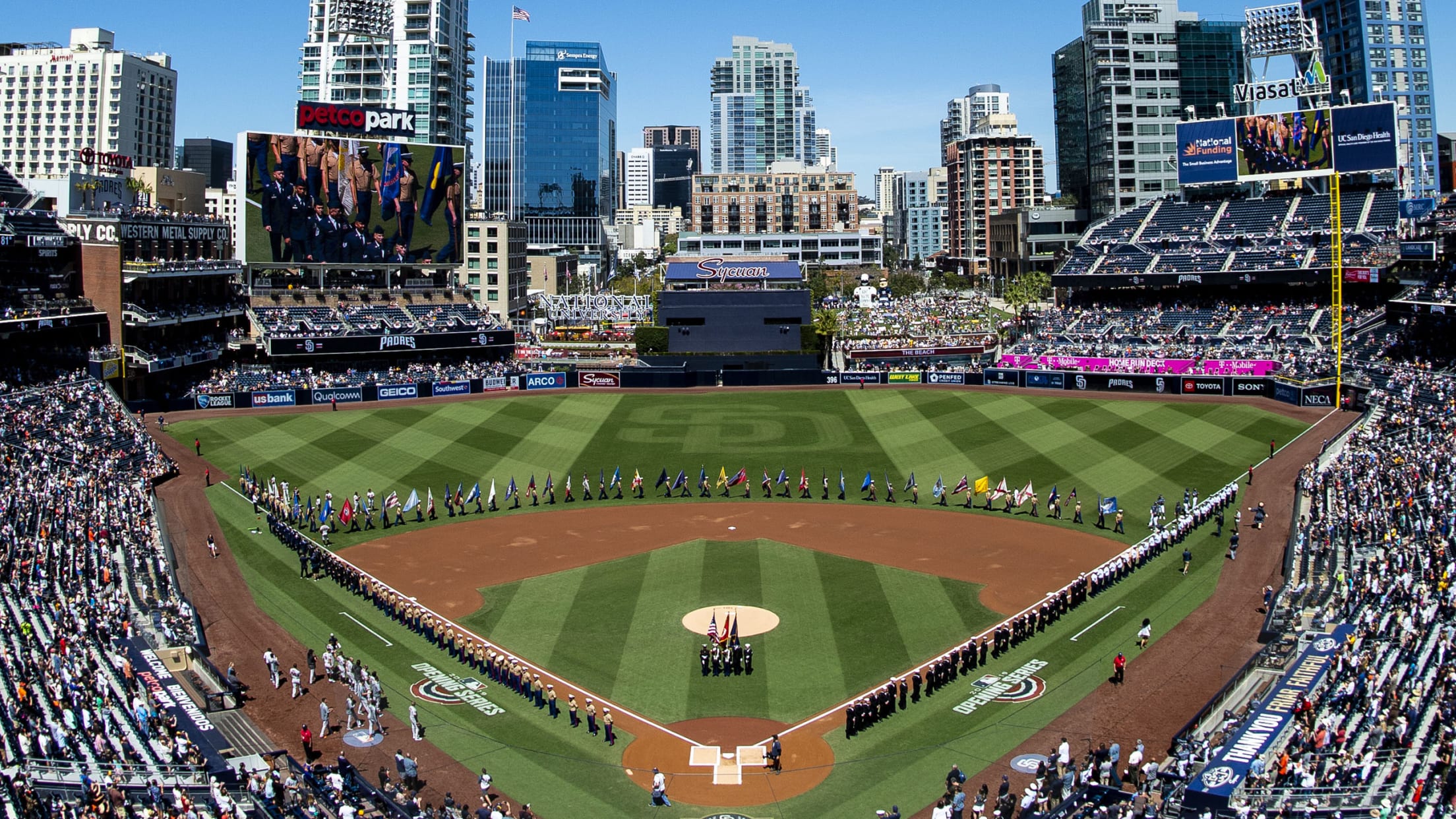
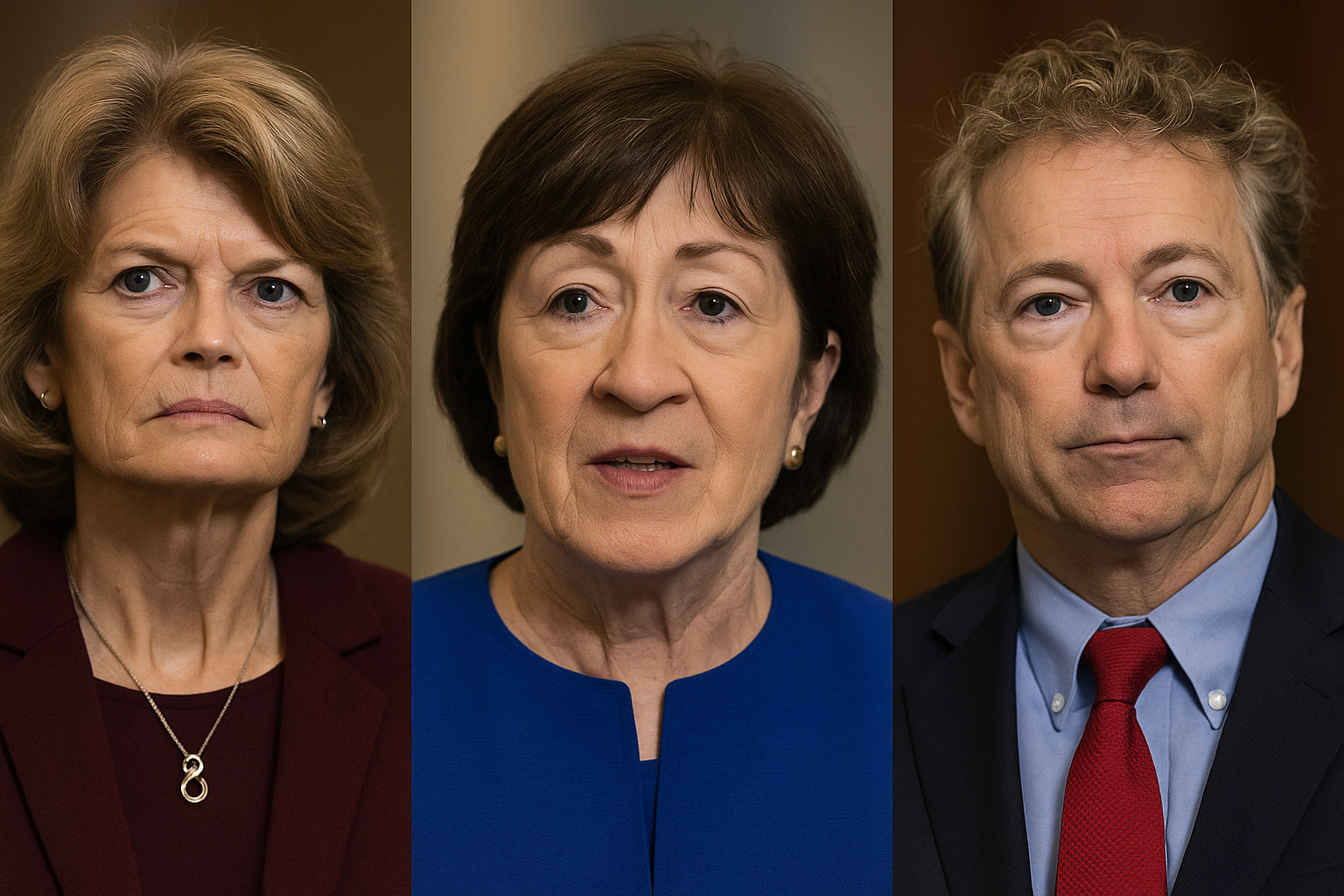
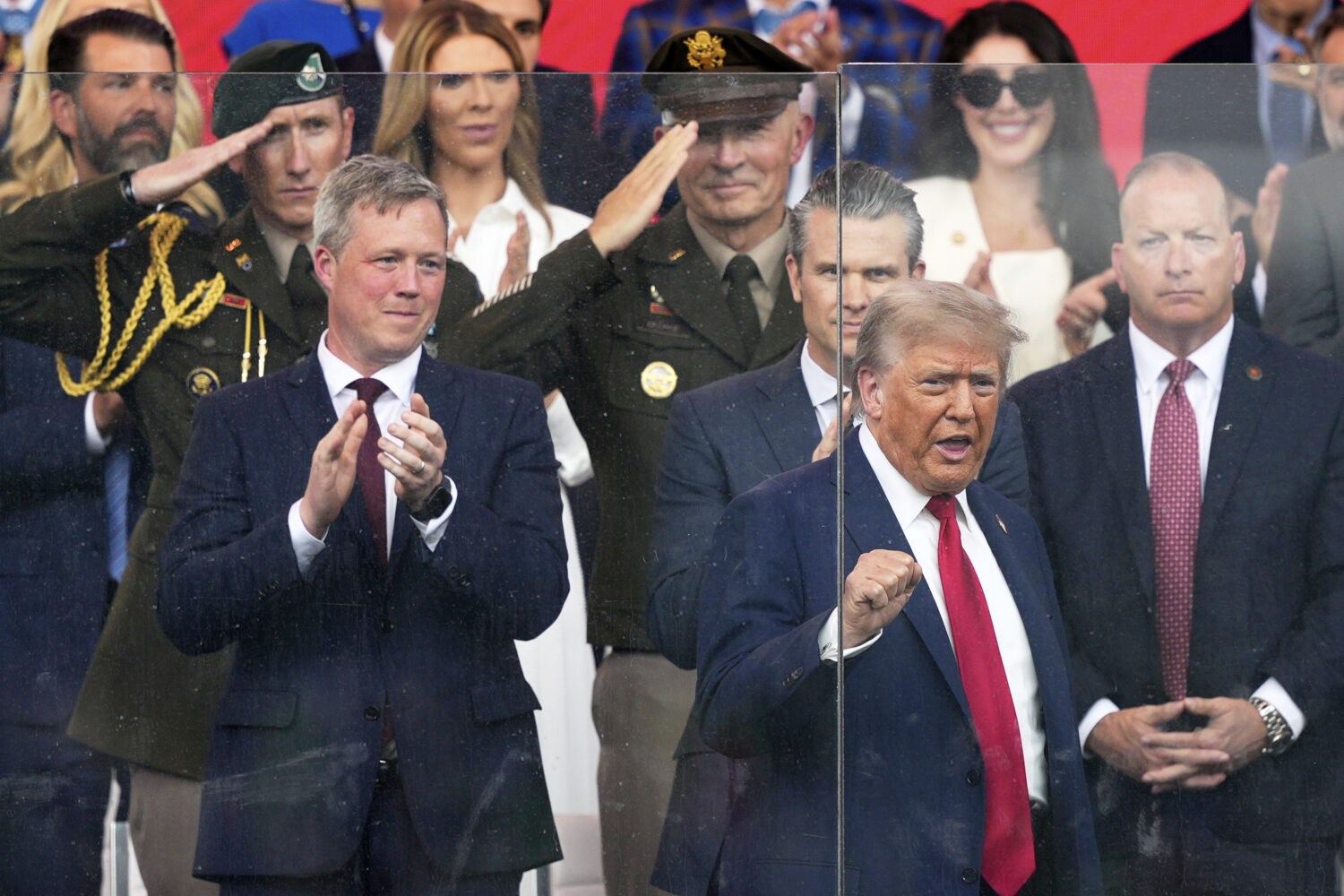

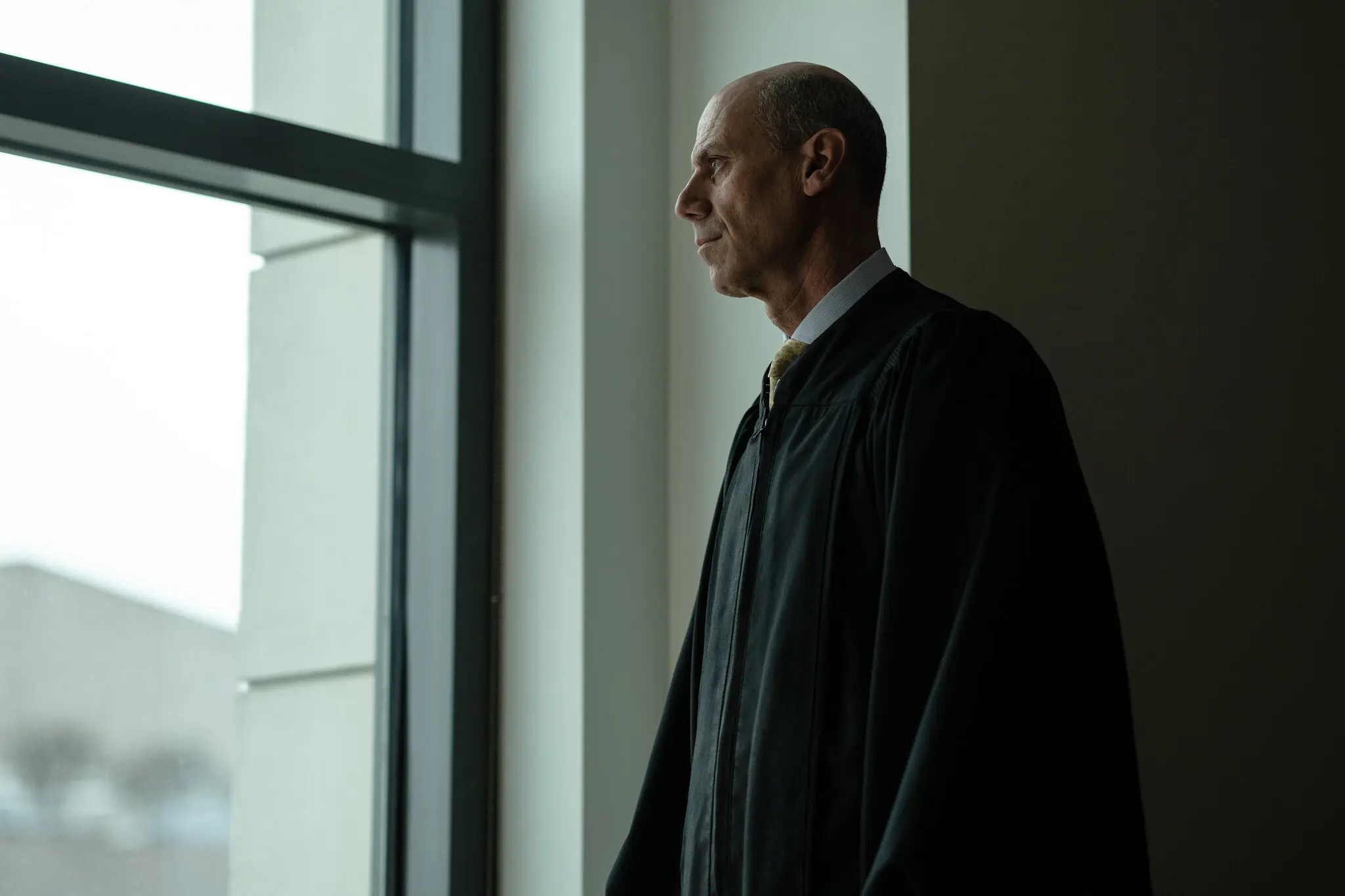



Yes Jim, we clearly will be going forward to a different “normal”. Of course we want to be safe and save our lives and other Americans. Lets be cautious and help feed those in need.